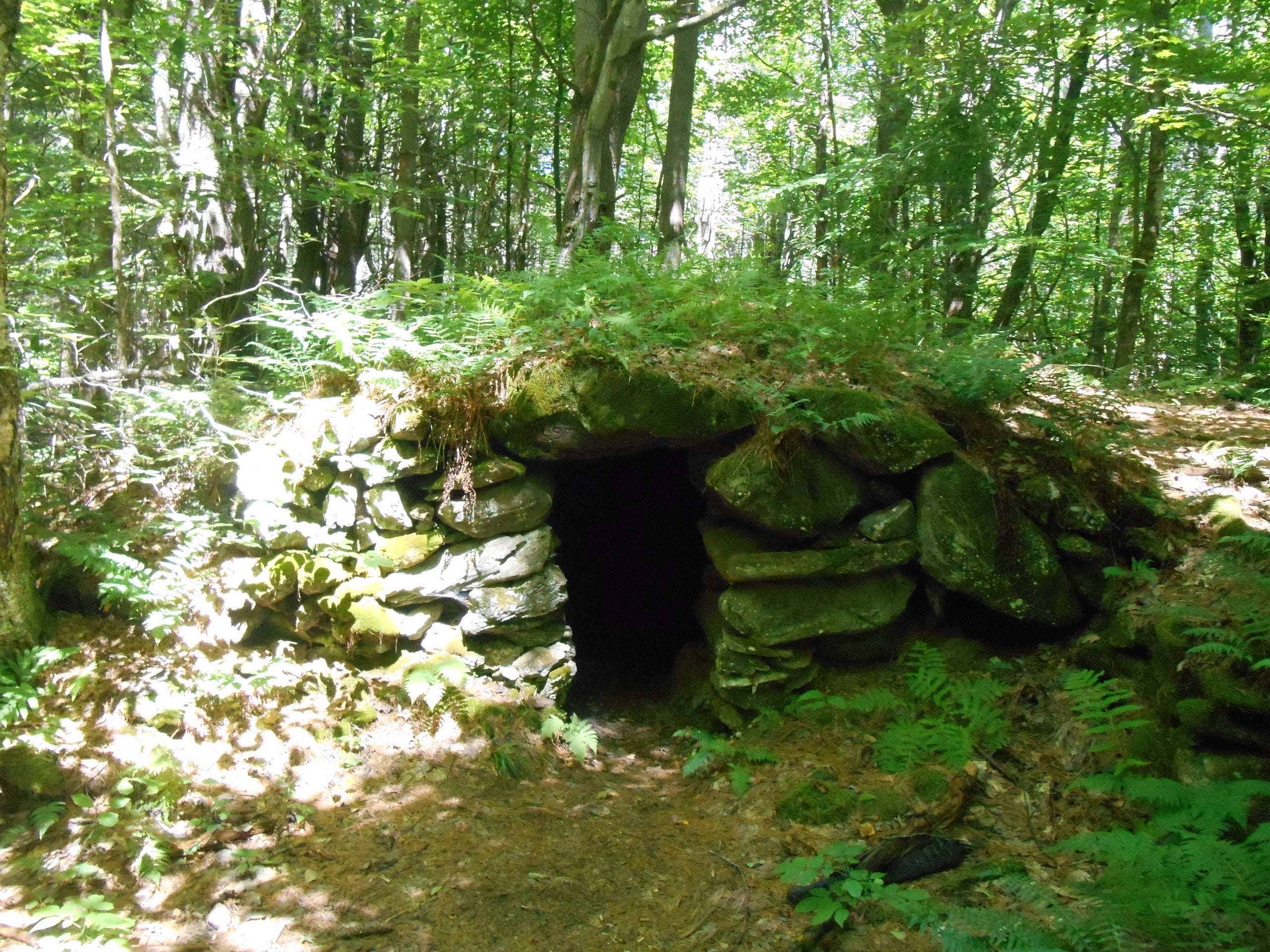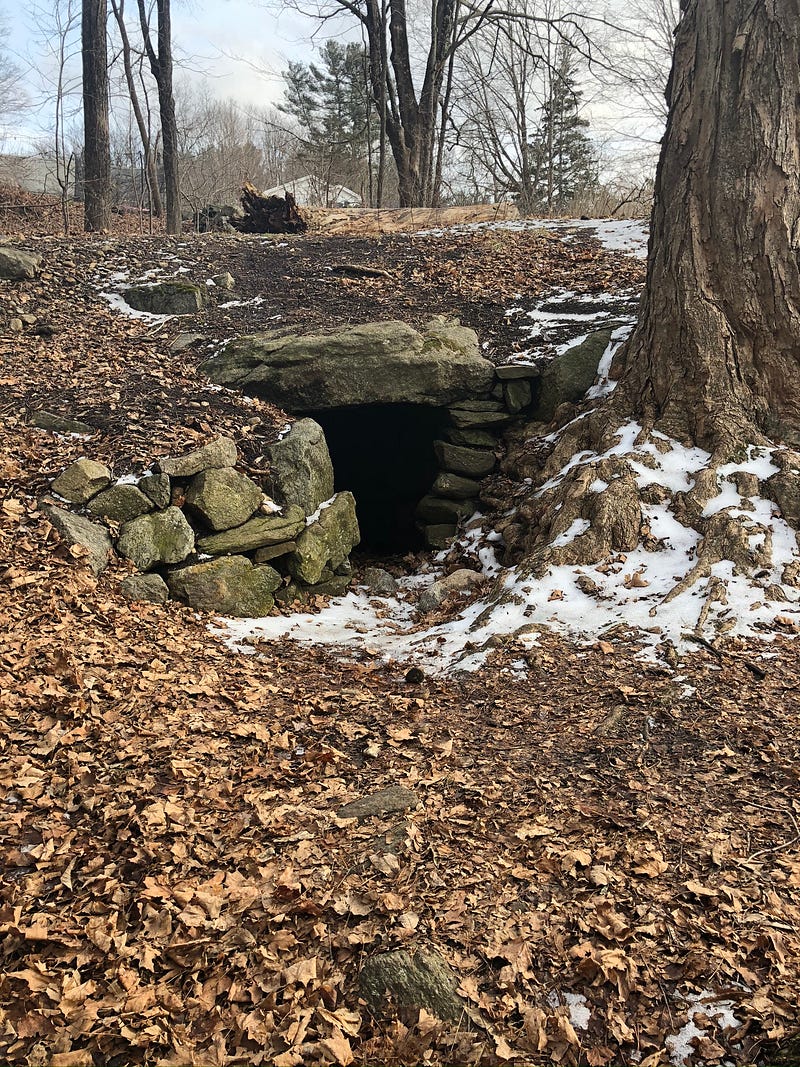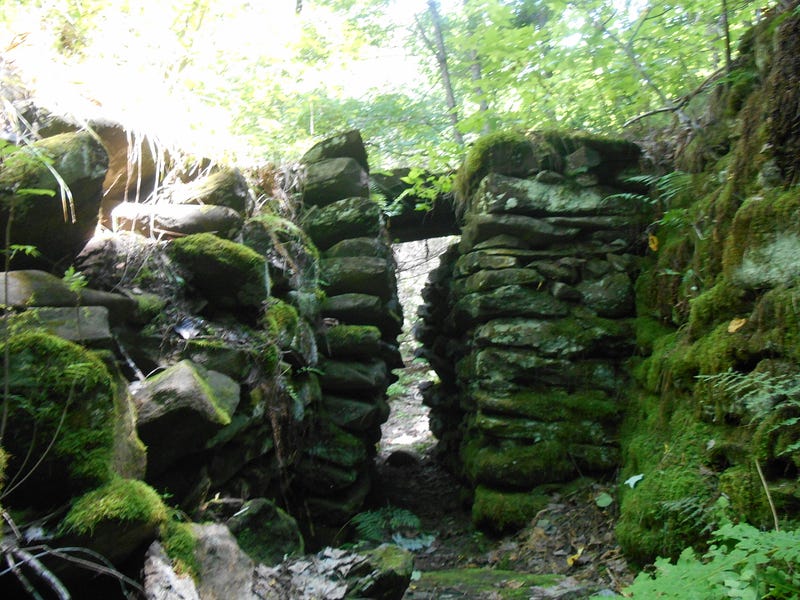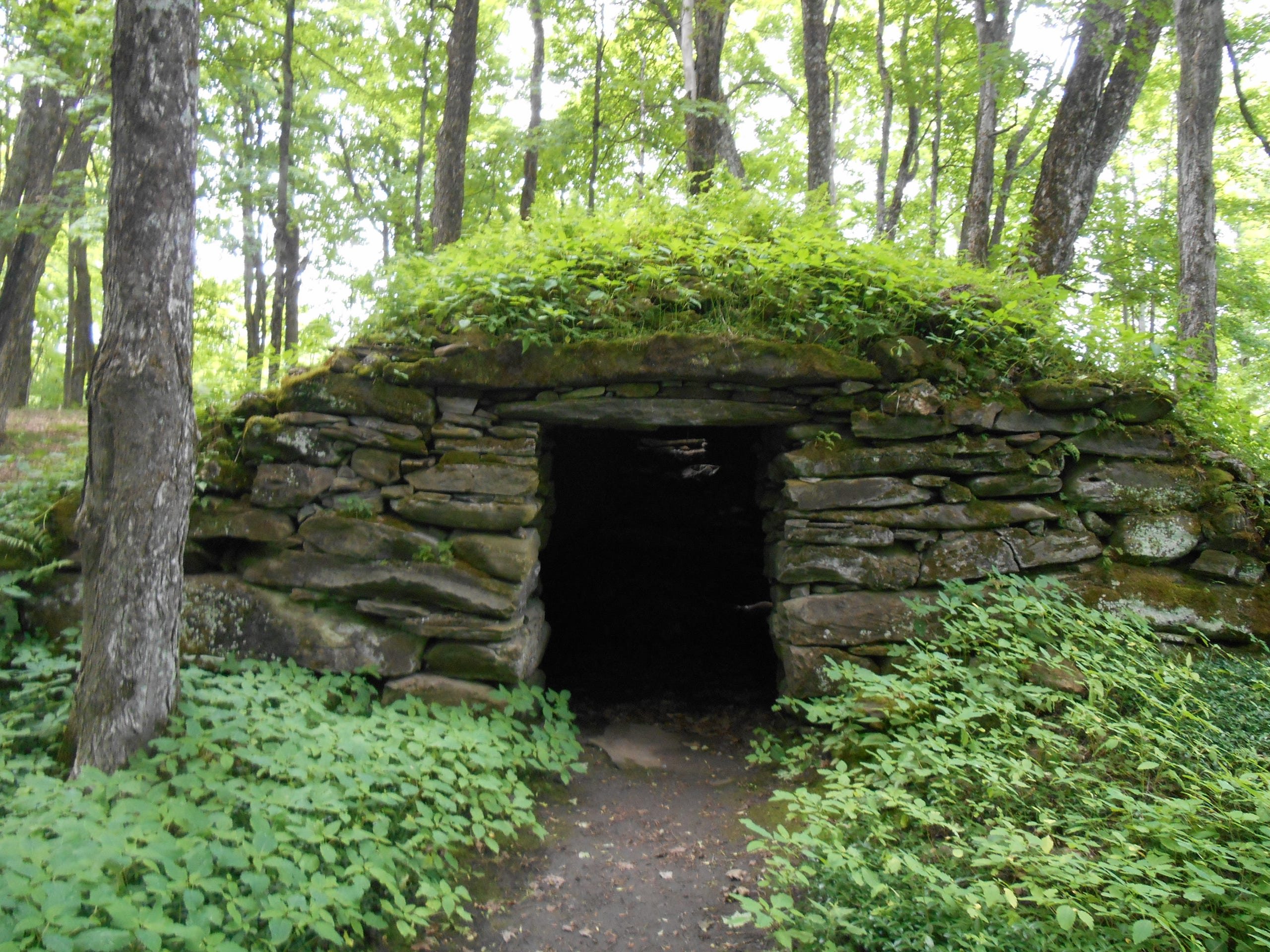Secrets of Mysterious Stone Chambers
By riverbanks. On mountainsides. In swamps. Facing the rising sun on the Winter Solstice, or aligned with the cardinal points of the compass, or the Equinox, or perhaps even the setting of the Pleiades… There are mysterious stone workings all over New England and upstate New York. And there are nearly as many origin theories for them as there are enigmatic stone chambers.

How old are they? Who built them? Why?
Mainstream archaeology says, “Calm down, those are root cellars and ice houses from colonial times.” There are also robust contingents of true believers in pre-Columbian European origins, who credit early Celtic, Viking, Roman or other travelers with the construction. And there are a growing number of researchers who theorize these could be Native American, or even proto-Native American, ritual spaces.
There’s a lot to take in when researching these stone chambers. Some who hold differing viewpoints are surprisingly strident in their certainties. But, from what I’ve learned? It seems we’re a long way from actually determining with any kind of certainty when these chambers were constructed, or who built them.
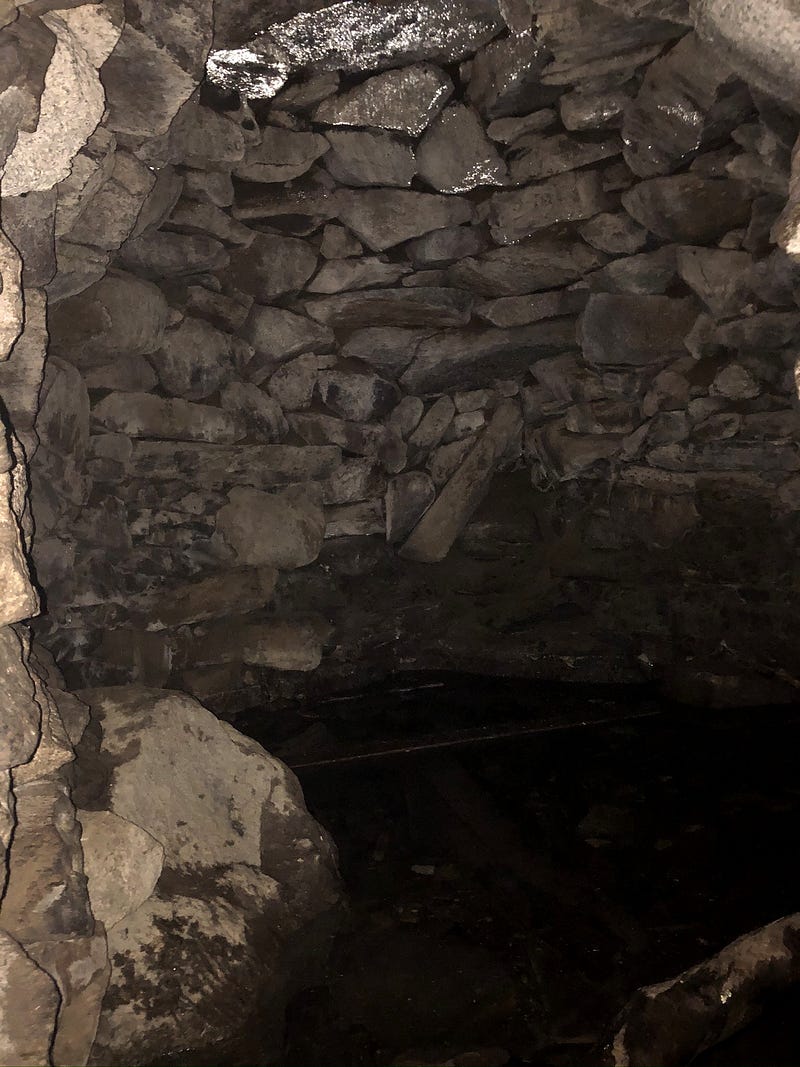
It’s likely these were used in colonial times, but were they being re-used?
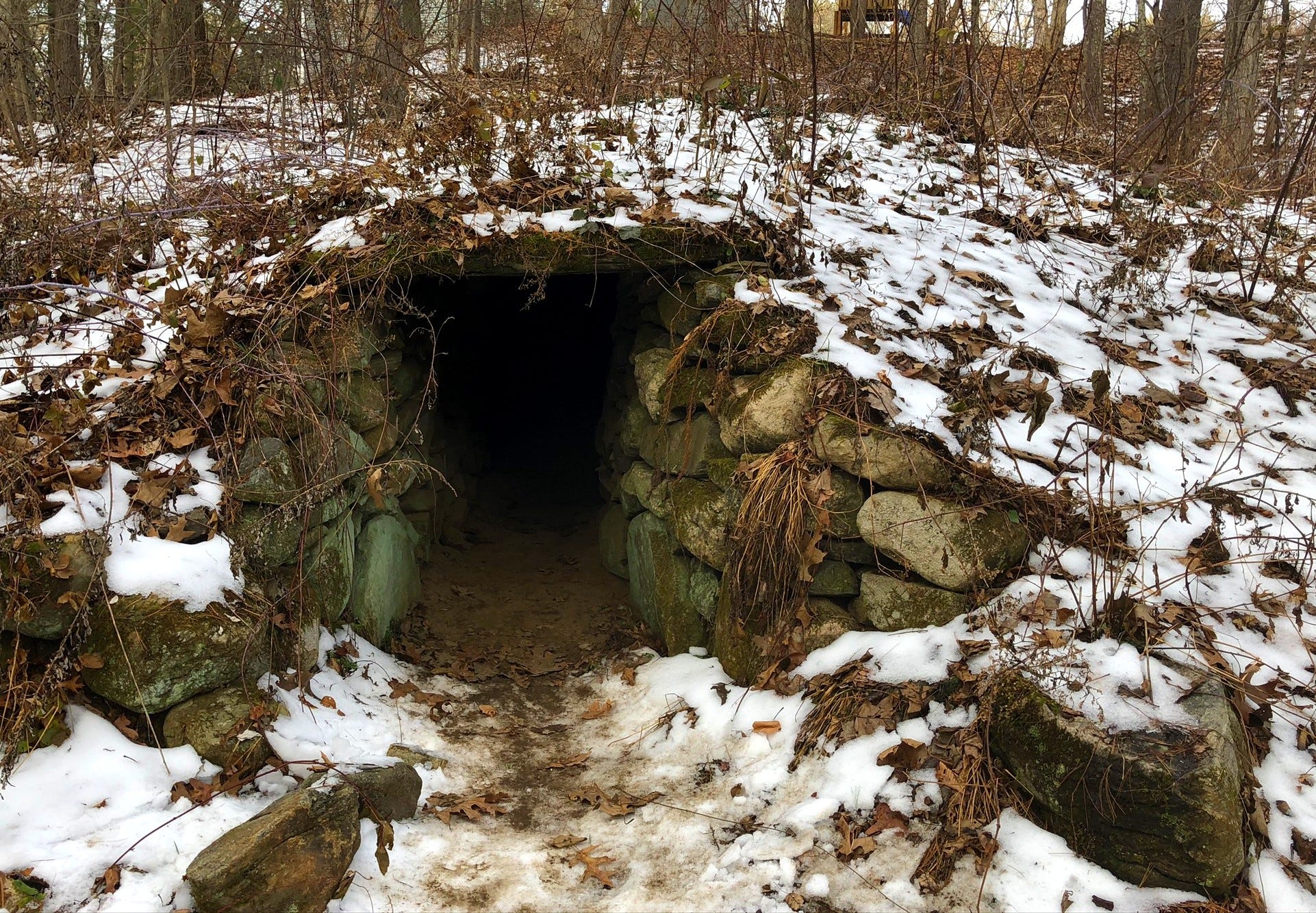
There is a history of colonists reusing Native American spaces. Native Americans were calling the area near Acton and Upton the Place of Great or Sudden Death when the first colonists arrived in the 1600s, because so many of their people had just perished from diseases unknowingly brought over by the early trappers and traders.

Happy colonists referred to “deserted Indian towns” as “gifts from God” as they took them over — as if He’d wiped out the Native population just for them. In turn, colonial usage of these sites then obscured any earlier use.
And so, though we prefer certainty, it may be we won’t be able to find any in these chambers, given the basic material we’re dealing with– stone — doesn’t lend itself to easy dating. You can’t Carbon 14 date rocks.

In fact, the relatively new science of thermoluminescence dating which can be applied to stone was used to test the Upton, Massachusetts, Chamber. Results suggested it was built over 500 years ago.
But because thermoluminescence is a new method of dating, archaeologists feel they can dismiss this. They said that as no artifacts were found indicating the timing or cultural affiliation of the chamber, there were no datable, traceable artifacts to back this up, and if the calculations used in the determination of the chambers age were off even by a little, the determined dates could be off as well.
That’s paraphrasing author and skeptical anthropologist Kenneth Feder in his recent guidebook Archaeological Oddities (2019) on the testing done on that chamber. But that — again — strikes me as far too much certainty, given that there were no material artifacts found. Though not a material artifact, this testing produced evidence. But they dismiss it.
Still, I’m weighing all these theories — and trying to keep an open mind — as I visit the chambers themselves. So far, I’ve visited the five stone chambers you see here, in Acton and Upton, Massachusetts and in South Woodstock and South Royalton, Vermont.
My approach is a little different, and not likely to appeal to those who prefer hard science. My intent is to take in the space, experience the chamber, and see if the stones have anything they want to say. And then? Share that experience. I’ve made some short educational videos to that end. And? I’m sharing that experience with you, now, too. Enjoy!
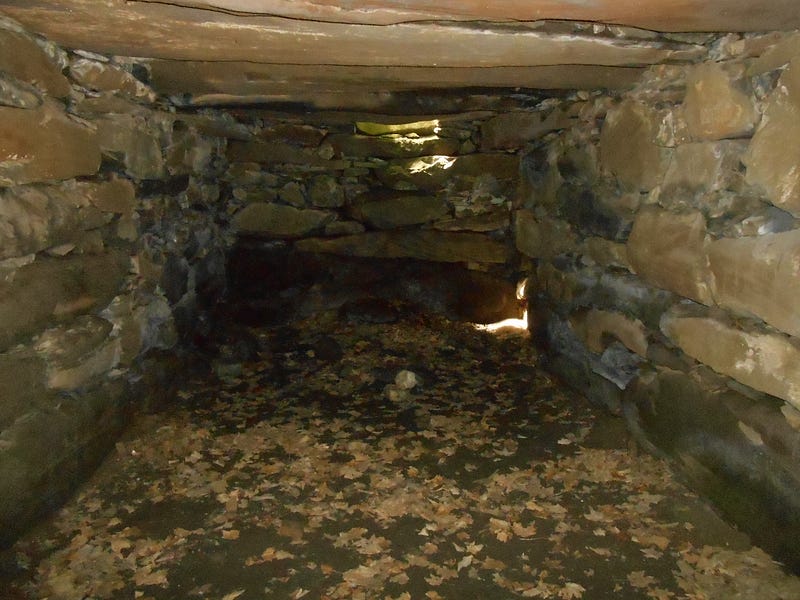
At quick glance, these chambers may all look similar, but I’ve found each possesses its own, distinct character. It may be a mistake to think that any one people built all of these. They may all have distinct origins, and been built at different times.
Or not.
So far, these chambers are keeping their secrets.
What do the stones say to you?


